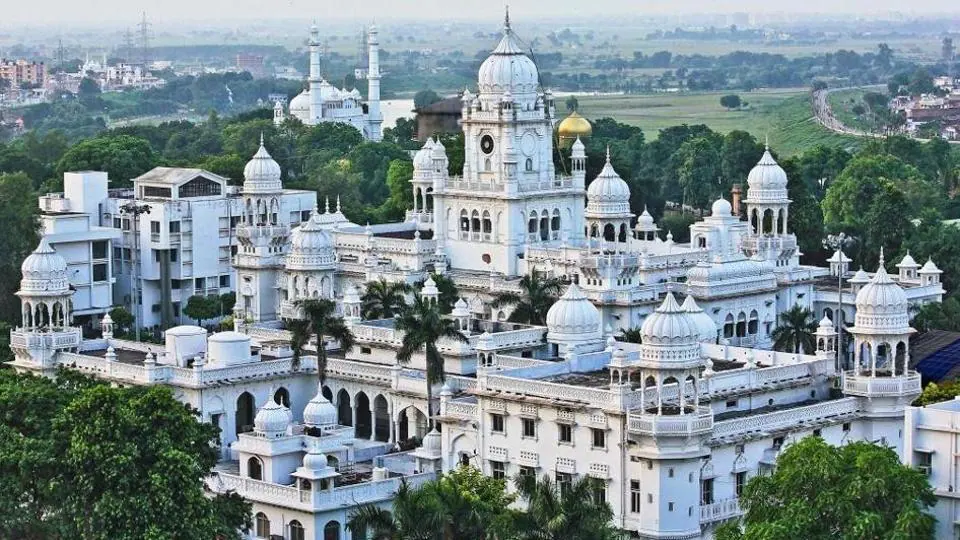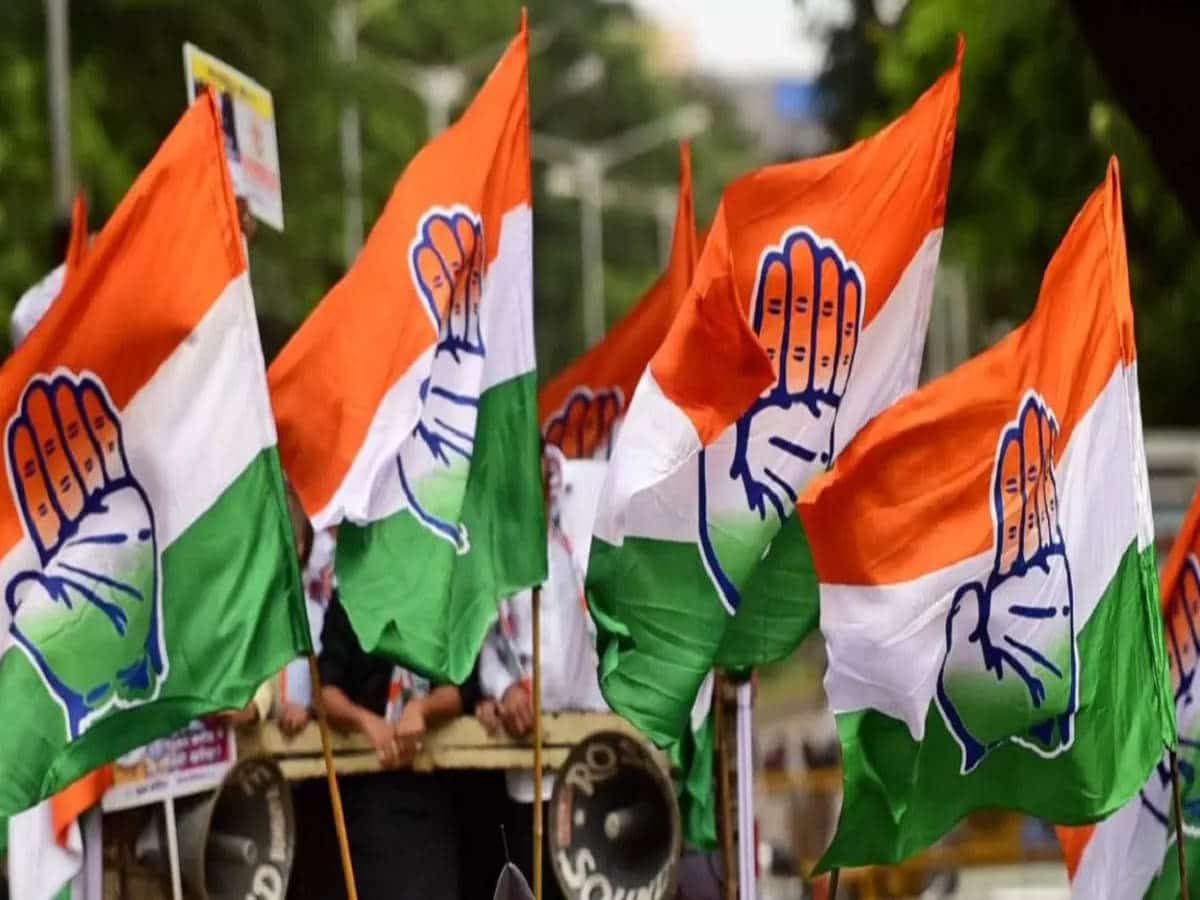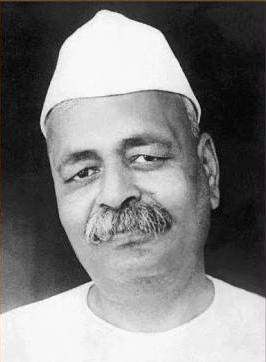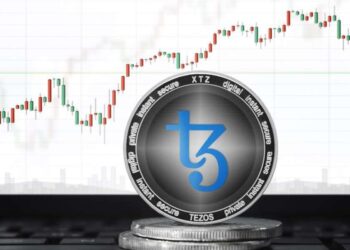The political situation in India is heated with the Assembly Polls in five states. All eyes are set on the results of the polls that will shape the further political situation and activities in India. However, among other states, UP has always managed to get attention due to its competitive political atmosphere. At the same time, UP has the maximum number of seats in the lower house of Parliament, making it crucial from the perspective of national politics.
Let’s know about the first elections in UP in pre-Independence India.
First UP Polls under British rule:
Uttar Pradesh was formed by the British after the annexation of Awadh or Oudh and in 1902, it was named the United provinces of Agra and Oudh. In 1921, the capital city was shifted from Allahabad to Lucknow. At the same time, a foundation stone was laid for the council chamber. Now, we know it as the Vidhan Sabha of Uttar Pradesh. The British built a university, a new railway station at Charbagh, and a medical college named after King George.

The British government gave partial power to the people by the process of direct election under the Government of India Act-1935. As per the act, UP got a bicameral polity. It implies that the state will have one legislative assembly and one legislative council.
The total strength of the assembly house was 228 seats. Among the 228 seats, 140 were for the general, 66 were reserved for Muslims, and the remaining were for special constituencies. Consequently, we can say that the first elections in UP were held in 1936-37.
The main competitors were Congress, Muslim league, Nationalist Agriculturist Party of Agra and Oudh or NAP, and a union of feudal lords. Congress campaigned for agricultural and land reforms. So, they won 133 seats, Muslim League won 28 seats, and NAP got 25, while 1 seat went to the Liberals. The remaining 41 were independent candidates.

After winning the 1935 polls, Congress declined to form the government. As a result, on April 1, 1937, Nawab of Chhatari, the leader of the National Agriculturist Parties, was invited to form a minority provisional government. So, Congress changed its decision and accepted to take up the office in July 1937. Consequently, the governor Sir Harry Graham Haig gave an invitation to Govind Ballabh Pant to form a government.
In July 1937, Govind Ballabh Pant became the Premier of the United Provinces. Along with that, Rafi Ahmed Kidwai, Vijay Lakshmi Pandit, and KN Katju became ministers in the government. The government renamed the state as United Provinces, or just UP.
Who was Govind Ballabh Pant?
Govind Ballabh Pant was an Indian freedom fighter. He was the first CM of Uttar Pradesh and a key figure in the Independence of India. He was one of the leading politicians in Uttarakhand and a main figure in the unsuccessful attempt to make Hindi the national language of India. As the premiere of UP, his reforms and stable governance established a stable situation for the economic development of the most populated state in India.

He abolished the Zamindari System, passed the Hindu Code Bill, and the Monogamy Rule for Indian men. At the same time, his government gave several rights to Hindu women, like rights to divorce and inheritance of ancestral property.
Governor Rule and Elections of 1945-46:
In 1939, all the congress ministers in all British provinces resigned, and UP was placed under Governor Rule. The British Labour Government again announced elections in 1945 for the provinces. This time, Congress won a majority in 1946 and Govind Ballabh Pant again became the premier of UP. Moreover, his term continued even after India’s independence.
Summing up,
These were the incidents following the first elections in UP. Now, UP has become the aim of every major political party in India, and even then, UP actively voted and formed a government that worked for their welfare and interests.
Also Checkout: From Protests to Politics, Know All About The Hijab Row in Karnataka
















